Director Fred Carl and his band of enthusiastic volunteers have made great progress in taming and refurbishing the interior spaces, including some truly stunning exhibits - space exploration, of course, but also World Wars I and II, vintage computers, shipwrecks, model railroads, and military technology, to name a few.
The grounds, however, are still largely frozen in time, dotted with an assortment of mobile radar units, jeeps, and outbuildings ranging from the merely quirky to the downright bizarre.
Making a virtue of necessity, InfoAge has embraced its own spookiness by turning the run-up to Hallowe’en into a month-long fear-fest. Every Friday and Saturday of October, from 7-11pm, Camp Evans Base of Terror (CEBOT) is open for business. It’s the major fund-raiser of the year.
All around us were the ghosts of Hallowe’ens past - both the mysterious ruined structures and props created for CEBOT events.
Along with the Beatles, Ravi Shankar, Marshall McLuhan, Woodstock, and psychedelia, Buckminster "Bucky" Fuller was part of the interior landscape of my generation. It was he who popularized the geodesic dome, a distinctive hemispherical shape composed of triangular surfaces that distribute structural stress to maximize strength and stability. The geodesic dome was the darling of not one but two World's Fairs, in New York in 1964 and Montreal in 1967.
Not until I wrote a blog post on Buckminster Fuller, however, did I learn about his earlier work, before the geodesic dome catapulted him to fame, and about the dymaxion concept - dynamic, maximum, and tension - which Fuller applied to a whole spectrum of creations ranging from dwellings to maps to sleep-wake cycles, all sharing the goal of achieving “maximum gain of advantage from minimal energy input."
The DDU was the only Dymaxion concept that ever came close to being mass-produced - if double or low-triple digits can be called mass-produced. Yet ironically it was in some ways more Dymaxion in name than in fact, having as much in common with the corrugated sheet metal grain bins it was modeled on as with the much more elaborate and sophisticated Dymaxion house. Still, it filled a wartime need for cheap, sturdy, easily assembled portable structures that could be used as houses, emergency shelters, and specialized work spaces, and it might have enjoyed even greater success had not the wartime demand for steel brought production to a halt. Between 1941 and 1943, around 28 DDU’s were ordered and installed on circular concrete pads at Camp Evans where they were used for conducting hazardous procedures or for storage.
I have no idea what Fred actually said when he first encountered these odd yurt-like structures in the early 1990s, but it must have been something along the lines of “What the heck are these?” It wasn’t till 1996 that the mystery was finally solved, with the completion of an historic resources study conducted by the Department of Defense.
When the campus was divided between InfoAge and the Wall branch of Brookdale Community College, the DDUs that were on the Brookdale property were disposed of. At this point only a fraction of the original structures remain, but the InfoAge collection is still probably the largest assemblage of DDUs anywhere in the world. A 2013 NYTimes article spoke of twelve, but I only counted eleven during our visit.
Unfortunately, most of the survivors are in serious disrepair. One can only hope that funds will be found to preserve and restore these historic treasures.
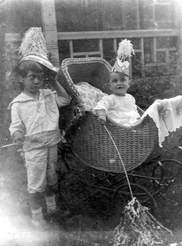
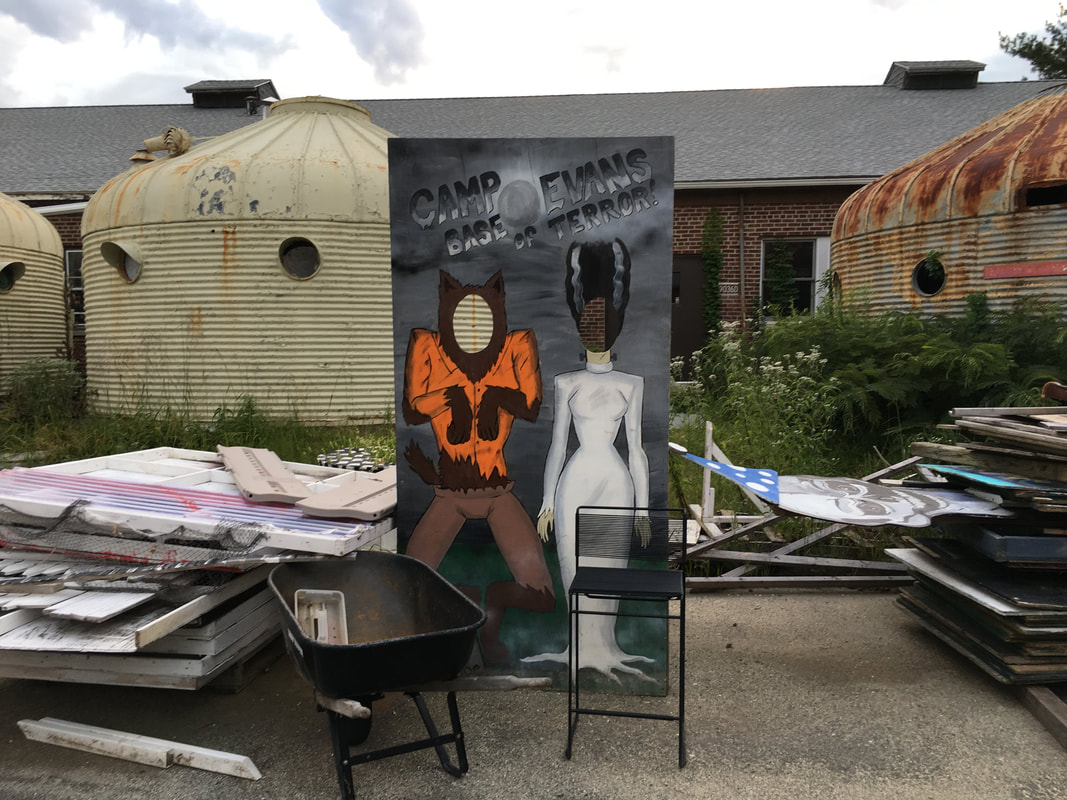
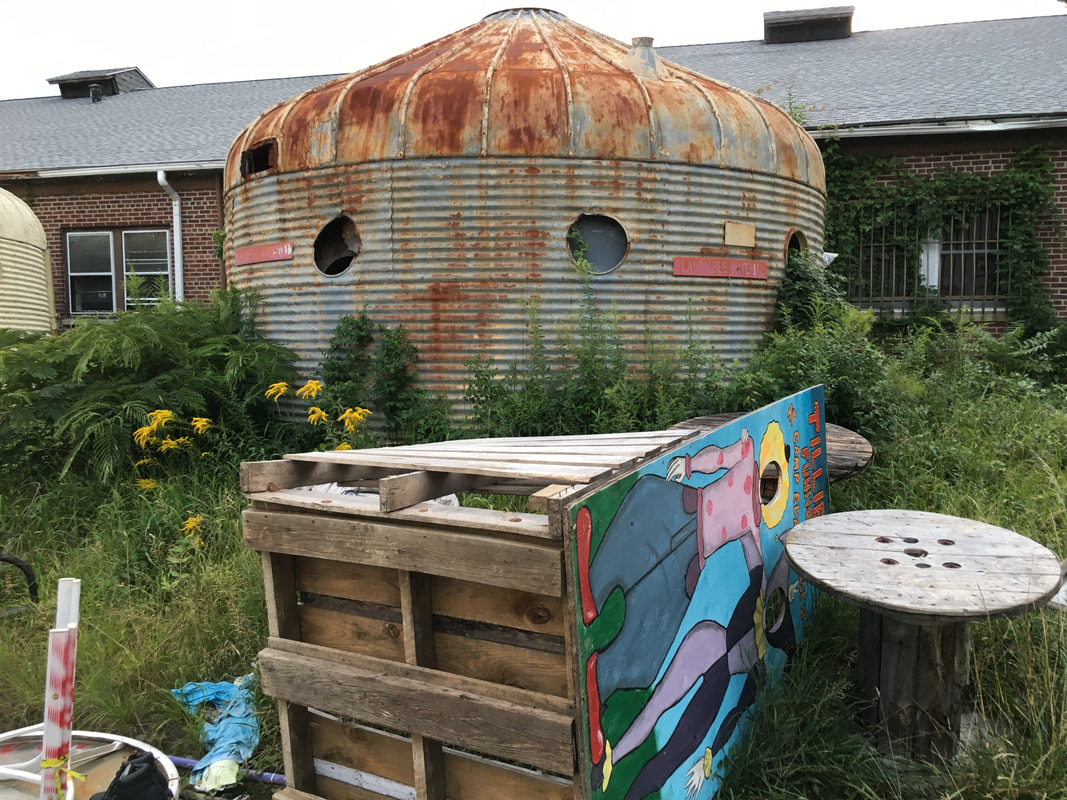
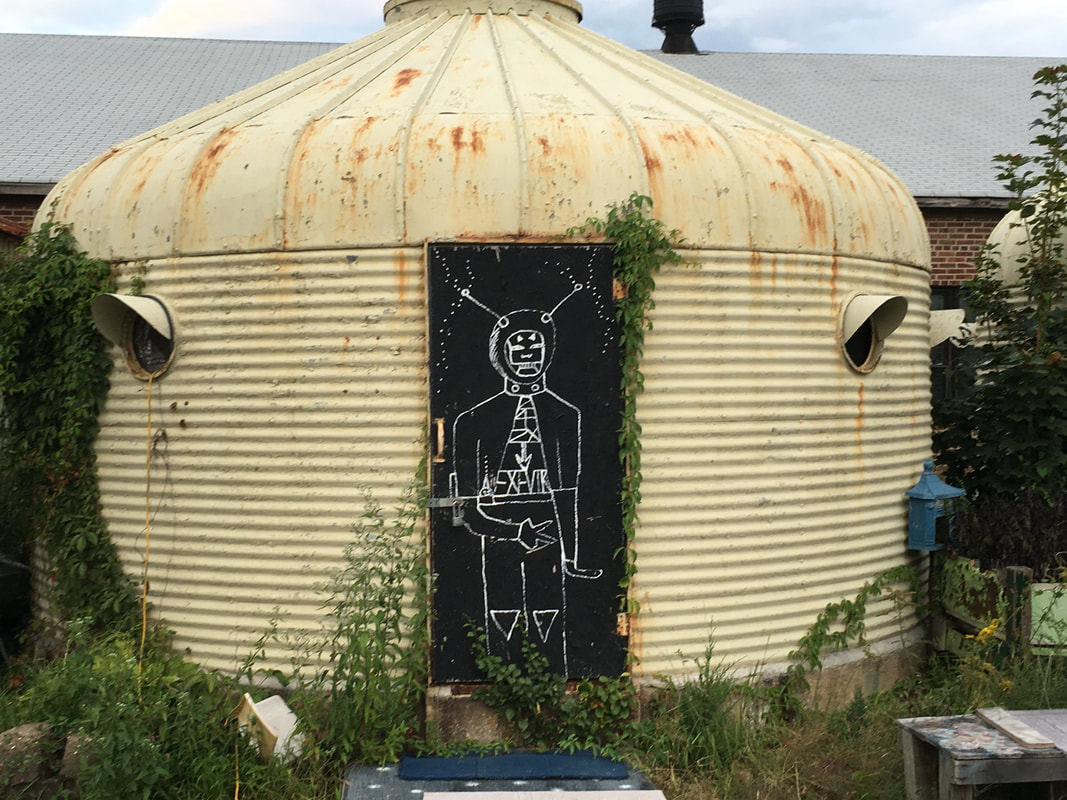
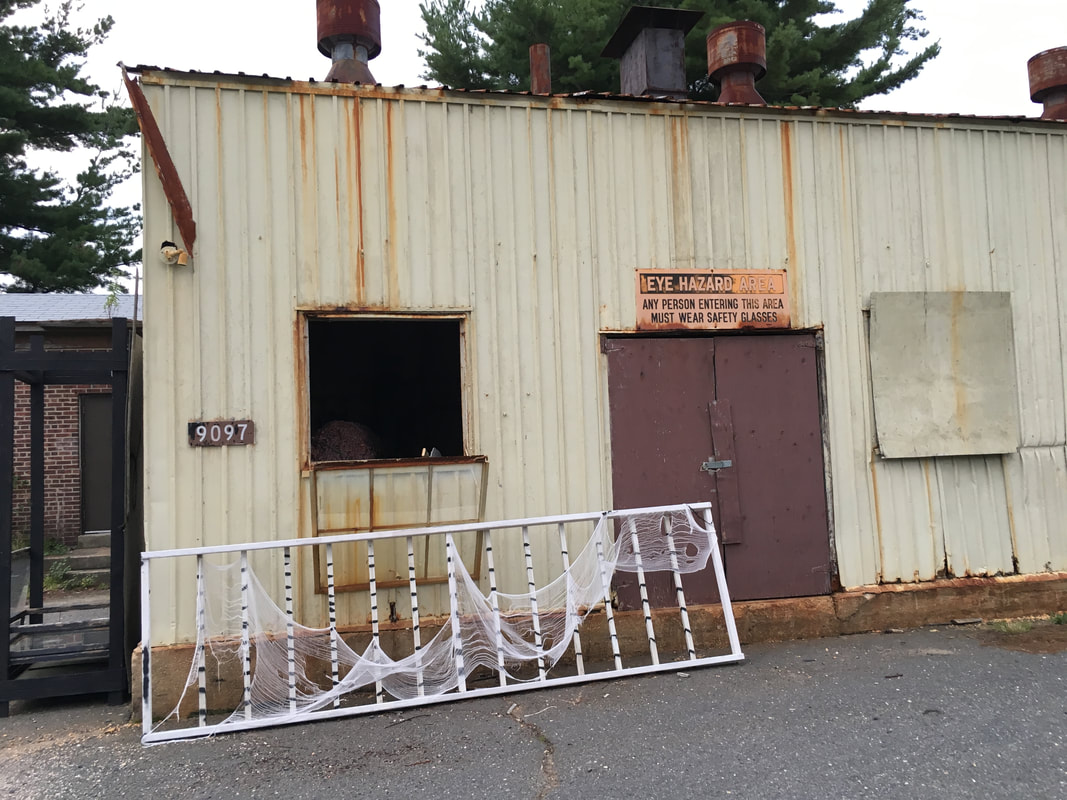

 RSS Feed
RSS Feed